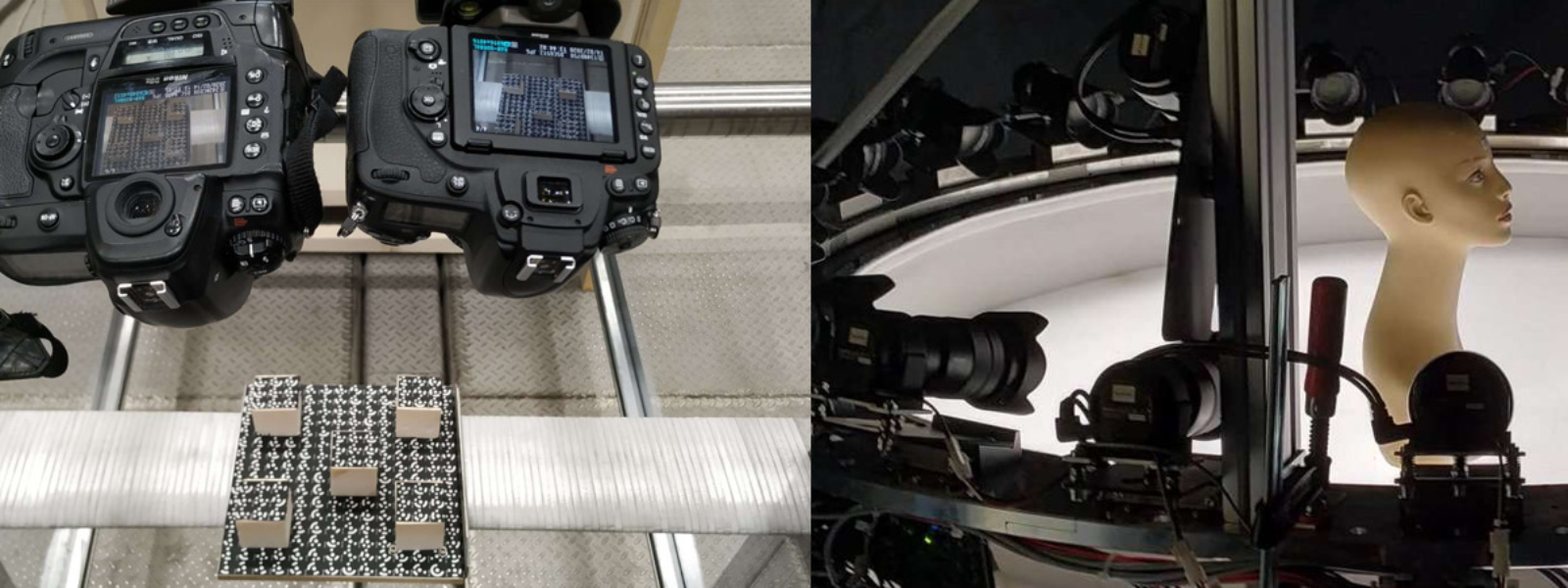3D Metrology in industry

Industry 4.0 is the synergetic convergence of advanced technologies that connect the physical and digital world together, giving birth to a new flexible production ecosystem. Human beings, machine tools, production facilities, logistics and any other component of a self-organized production are interconnected (Internet of Things – IoT) through digital information and communication technologies in all stages of the life cycle of a product. This new production paradigm relies on the integration of Artificial Intelligence (AI), metrology, smart sensors, big data, predictive analysis and dynamic simulations.
The uncertainty of the measurements, but also their traceability, are crucial in many industrial applications, particularly in the manufacture of complex systems, assembled by joining together numerous components, each of which is carefully manufactured to match perfectly. 3D metrology, based on optical techniques, provides three-dimensional measurements of shape and size with known uncertainty, a key parameter to understand if the measurements made are suitable for a specific dimensional analysis.
For more than ten years, the 3DOM unit of the FBK Digital Industry Center has been active in the context of industrial metrology, forging important collaborations at an international level. Latest generation passive and active sensors and 3D technologies of different types have been characterized, calibrated and integrated for the measurement of industrial components in real-time optimization processes providing automatic quality control inspections and reporting.
The working group is also engaged in the development of innovative inspection methods that blend 3D imaging and artificial intelligence methods in order to improve working conditions and reduce the high work stress associated with manual visual inspections. Indeed, although automated inspection methods have evolved significantly in recent years, many industrial processes still rely on visual inspection processes by human operators.